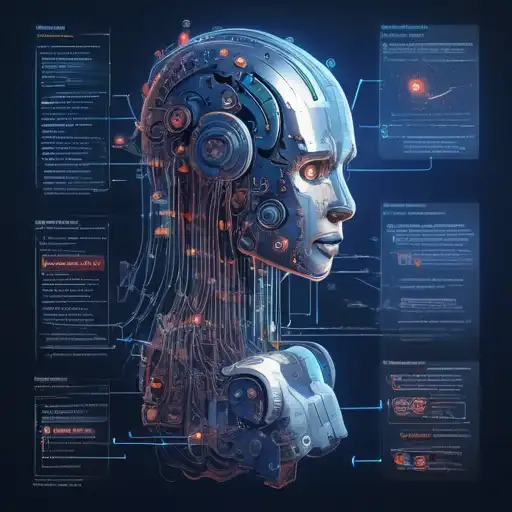Introduction to Machine Learning Algorithms
Machine learning algorithms are the backbone of artificial intelligence, enabling computers to learn from data and make decisions with minimal human intervention. For beginners, understanding these algorithms can seem daunting, but with the right approach, it's entirely achievable. This guide aims to demystify machine learning algorithms, making them accessible to everyone.
What Are Machine Learning Algorithms?
At their core, machine learning algorithms are mathematical models that learn patterns from data. They can be broadly categorized into three types: supervised learning, unsupervised learning, and reinforcement learning. Each type serves different purposes and is suited to specific kinds of tasks.
Supervised Learning
Supervised learning algorithms learn from labeled data. This means that the input data comes with the correct answers, allowing the algorithm to learn by comparing its predictions to the actual outcomes. Examples include linear regression for predicting continuous values and classification algorithms like decision trees for categorizing data.
Unsupervised Learning
Unsupervised learning algorithms, on the other hand, work with unlabeled data. They identify patterns and relationships in the data without any predefined labels. Clustering algorithms, such as K-means, are a common example, grouping similar data points together.
Reinforcement Learning
Reinforcement learning is a bit different. It involves algorithms learning to make decisions by performing actions and receiving rewards or penalties. This approach is widely used in robotics, gaming, and navigation systems.
Popular Machine Learning Algorithms for Beginners
Here are some of the most popular machine learning algorithms that beginners should start with:
- Linear Regression: Predicts a continuous outcome based on one or more predictor variables.
- Logistic Regression: Despite its name, it's used for classification problems, not regression.
- Decision Trees: Uses a tree-like model of decisions for classification and regression.
- Random Forest: An ensemble method that uses multiple decision trees to improve prediction accuracy.
- K-Nearest Neighbors (KNN): Classifies data points based on the majority vote of their neighbors.
- K-Means Clustering: An unsupervised algorithm that groups data into K number of clusters.
How to Choose the Right Algorithm
Selecting the right machine learning algorithm depends on several factors, including the size and nature of your data, the problem you're trying to solve, and the computational resources available. Beginners should start with simpler algorithms like linear regression or KNN before moving on to more complex models.
Conclusion
Machine learning algorithms are powerful tools that can extract insights from data, automate decision-making, and predict future trends. By starting with the basics and gradually exploring more advanced algorithms, beginners can build a solid foundation in machine learning. Remember, the key to mastering machine learning is practice and continuous learning.
For those interested in diving deeper, consider exploring resources on data science and artificial intelligence to broaden your understanding.
